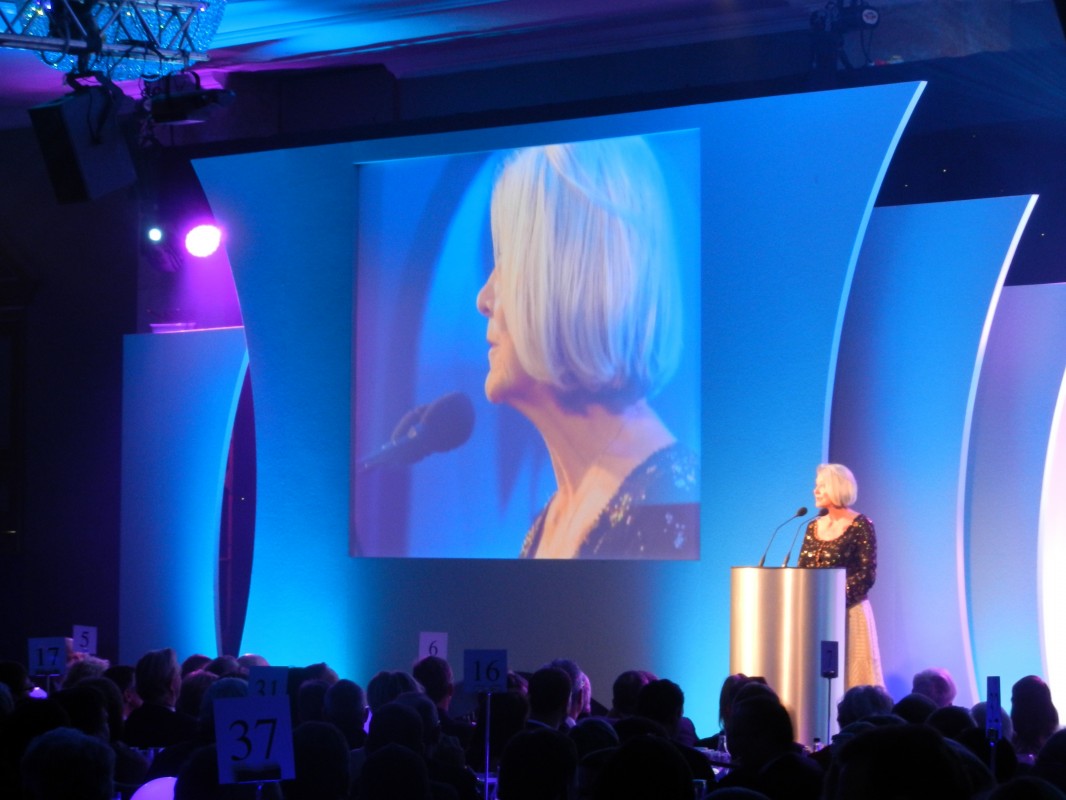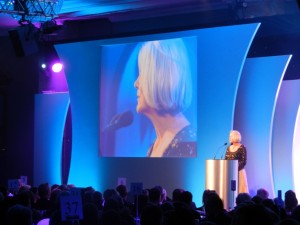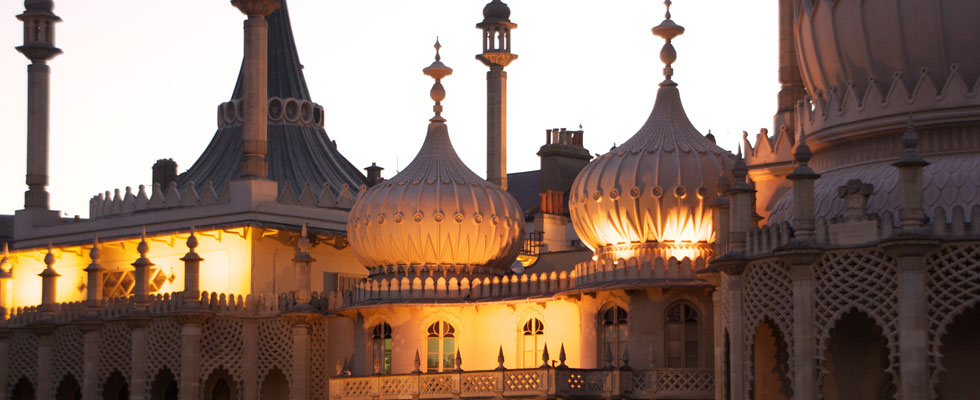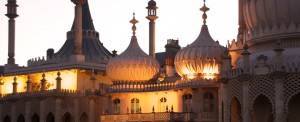by Editor | Sep 24, 2012 | Events, Sport
Charity Women’s Bike Ride next Sunday
Hi Folks
I just signed up for this great event which is taking place on Sunday 30th from Plumpton Racecourse. Its a cycling sportive for Macmillan Cancer Care.
It should be a great fun ride for women of all abilities, so why not sign up too and join the hundreds taking part in a fun day out on the quiet Sussex country lanes and raise money for a great cause (or any cause of your own!).
Entries close this coming Thursday and you can register online here at www.cycletta.co.uk
If you can’t ride then please sponsor me and my three friends who are all riding the longest course (80kms) to raise money for WaterAid. You can sponsor us here http://uk.virginmoneygiving.com/fundraiser-web/fundraiser/showFundraiserPage.action?userUrl=cycleandsmile&faId=235432&isTeam=true
by Editor | Sep 24, 2012 | Events, Health
SPINBRIGHTON womens health event –
free fri 05/10/12
Women’s Health, Women’s Voices – Make sure NHS health reforms deliver
for women in Brighton and Hove
Brighton Women’s Centre is holding a FREE event for women to discuss
health issues on Friday 5th October 10.30am – 3.30pm at My Hotel
http ://www . myhotels . com/my-hotel-brighton/index . html
Women’s health, women’s voices is supported nationally by the Women’s
Health and Equality Consortium (WHEC), is your chance to say what girls
and women need from your local NHS and to find out how to influence
services. Speakers include: Zoe Palmer (WHEC), Christa Beesley (Clinical
Commissioning Group), Rob Jarrett (Chair of the Shadow Health and Well
Being Board) and Michelle Pooley (Healthwatch Commissioner).
Lisa Dando (Director of Brighton Women’s Centre) said,
“The NHS is currently undergoing a period of substantial reform which
will have implications for women’s organisations in Brighton and Hove
working on health-related issues. It will be important for all those
affected to understand just what these reforms are likely to mean in
practice and to be aware of how to engage and influence the new
agencies.”
The meeting will update local women’s groups on the current
restructuring of health and care services and provide a chance to talk
about the opportunities and challenges these reforms create. Women will
be able to share experiences of engaging with local health bodies and
build a strong network to campaign for local NHS services to take the
needs of girls and women into account.
A full programme for the event can be found at
http ://www . womenscentre . org . uk/index . php?Events
To book a place please email [email protected] or download a
registration form from http ://www . womenscentre . org . uk/index . php?Events
or pick up a registration form from Brighton Women’s Centre, 72, High
Street, Brighton BN2 1RP
Zoe Palmer, manager of WHEC said,
“WHEC is creating women-only spaces around the country to ensure that
the experiences and needs of women and girls’ are reflected in health
and social care policy. We will take all the key issues to government
and present a picture that reflects what girls and women tell us they
need from the NHS.”

by Editor | Sep 24, 2012 | Events
Brighton’s AVT Connect produces
STEP Private Client Awards hosted by Kate Adie
 Brighton-based AVT Connect was delighted to produce the prestigious STEP Private Client Awards at The London Hilton on Park Lane’s Wellington Ballroom on Wednesday 19th September.
Brighton-based AVT Connect was delighted to produce the prestigious STEP Private Client Awards at The London Hilton on Park Lane’s Wellington Ballroom on Wednesday 19th September.
Celebrated television reporter, journalist and author Kate Adie OBE was invited to host the glittering occasion and announce the winners, from over 80 UK and international firms and four industry luminaries, who made this year’s shortlist.
Looking glamorous in sequins, Kate, who is a former Chief News Correspondent for the BBC and known for covering conflicts such as the Gulf War, added a highly entertaining element to the celebration – and received rapturous applause from the guests.
Attended by a prominent guest list and audience of nearly 700 financiers, the awards are the only international competition to highlight excellence across the private wealth sector and include categories for private client solicitors/attorneys, lawyers, barristers, accountants, private bankers, financial advisors and trust managers.
STEP (The Society of Trust and Estate Practitioners) was founded in 1991 and is the leading worldwide professional body for practitioners in the fields of trusts, estates and related issues. The Private Client Awards offer an unrivalled opportunity for these professionals to demonstrate excellence in their field and to their peer group.
This was the seventh annual STEP awards and AVT Connect again took great pleasure in producing this celebratory occasion, not least because it offers the opportunity to use a whole range of technical, digital and events expertise for which they are renowned.
AVT designed and installed the elaborate stage set and a dynamic lighting display combined with a looped presentation on arrival which showed pictures of the guests as they arrived and displayed sponsors’ logos.
In addition, they designed a 120 second upbeat graphic with “dancing” spotlights lights to open the awards. To go with the awards themselves, AVT produced a dynamic presentation in PowerPoint™.
On the night, a team of technicians were on hand to manage the audio visual and dual screen set up with music and video relay. The music was well chosen and on several occasions, the audience clapped in time to the beat.
AVT’s camera team filmed the entire event, including interviews with judges, sponsors and winners. Together this footage will be edited to produce an essence video of the occasion for use on the STEP awards web site.
For the second year STEP’s award charity was Feed the Minds who deliver innovative education projects to help save lives, reduce poverty and transform communities in developing countries. This year’s STEP PCA raised £56,623 for Feed the Minds through contributions by awards entrants. There is no fee for entering the awards.
View the full list of winners and photos at www.step.org/awards. All winners will be profiled in STEP’s membership magazine, the STEP Journal, which will be online at www.stepjournal.org in November.

by Editor | Sep 17, 2012 | Brighton, Slider
 [contentbox headline=”Brighton and Hove Seafront” type=”info”]Brighton and Hove beaches stretch for about 7 miles, from Hove Lagoon in the West to Rottingdean in the East. The seafront has bars, restaurants, nightclubs and amusement arcades, principally between the piers. Being less than an hour from London by train has made the city a popular destination, especially with big party groups. Brighton beach has a nudist area (by Kemptown near the easterly edge of the promenade). Brighton’s beach, which is a shingle beach up to the mean low tide mark, has been awarded a blue flag. The Monarch’s Way long-distance footpath heads west along the seafront above the beach.
[contentbox headline=”Brighton and Hove Seafront” type=”info”]Brighton and Hove beaches stretch for about 7 miles, from Hove Lagoon in the West to Rottingdean in the East. The seafront has bars, restaurants, nightclubs and amusement arcades, principally between the piers. Being less than an hour from London by train has made the city a popular destination, especially with big party groups. Brighton beach has a nudist area (by Kemptown near the easterly edge of the promenade). Brighton’s beach, which is a shingle beach up to the mean low tide mark, has been awarded a blue flag. The Monarch’s Way long-distance footpath heads west along the seafront above the beach.
Since the 1978 demolition of the open-air lido at Black Rock, the most easterly part of Brighton’s seafront, the area has been developed and now features one of Europe’s largest marinas. However, the site of the pool itself remains empty except for a skate park and graffiti wall, and further development is planned including a high-rise hotel which has aroused debate, mirroring proposals for the King Alfred leisure centre in Hove, which were pulled in 2008. In addition, part of the eastern side of the beach has been redeveloped into a sports complex, which has courts for anything from beach volleyball to ultimate Frisbee, and opened to the public in March 2007.[/contentbox]

by Editor | Sep 15, 2012 | Brighton, Slider
 [contentbox headline=”The Royal Pavillion” type=”info”]The Royal Pavilion is a former royal residence located in Brighton UK. It was built in three campaigns, beginning in 1787, as a seaside retreat for George, Prince of Wales, from 1811 Prince Regent. It is often referred to as the Brighton Pavilion. It is built in the Indo-Saracenic style prevalent in India for most of the 19th century, with the most extravagant chinoiserie interiors ever executed in the British Isles.
[contentbox headline=”The Royal Pavillion” type=”info”]The Royal Pavilion is a former royal residence located in Brighton UK. It was built in three campaigns, beginning in 1787, as a seaside retreat for George, Prince of Wales, from 1811 Prince Regent. It is often referred to as the Brighton Pavilion. It is built in the Indo-Saracenic style prevalent in India for most of the 19th century, with the most extravagant chinoiserie interiors ever executed in the British Isles.
The Prince of Wales, who later became King George IV, first visited Brighton in 1783, at the age of 21. The seaside town had become fashionable through the residence of George’s uncle, the Prince Henry, Duke of Cumberland, whose tastes for cuisine, gaming, the theatre and fast living the young prince shared, and with whom he lodged in Brighton at Grove House. In addition, his physician advised him that the seawater would be beneficial for his gout. In 1786, under a financial cloud that had been examined in Parliament for the extravagances incurred in building Carlton House, London, he rented a modest erstwhile farmhouse facing the Steine, a grassy area of Brighton used as a promenade by visitors. Being remote from the Royal Court in London, the Pavilion was also a discreet location for the Prince to enjoy liaisons with his long-time companion, Mrs Fitzherbert. The Prince had wished to marry her, and did so in secrecy, as her Roman Catholicism ruled out marriage under the Royal Marriages Act.
In 1787 the designer of Carlton House, Henry Holland, was employed to enlarge the existing building, which became one wing of the Marine Pavilion, flanking a central rotunda, which contained only three main rooms, a breakfast room, dining room and library, fitted out in Holland’s French-influenced neoclassical style, with decorative paintings by Biagio Rebecca. In 1801-02 the Pavilion was enlarged with a new dining room and conservatory, to designs of Peter Frederick Robinson, in Holland’s office. The Prince also purchased land surrounding the property, on which a grand riding school and stables were built in an Indian style in 1803-08, to designs by William Porden that dwarfed the Marine Pavilion, in providing stabling for sixty horses.[1]
Between 1815 and 1822 the designer John Nash redesigned and greatly extended the Pavilion, and it is the work of Nash which can be seen today. The palace looks rather striking in the middle of Brighton, having a very Indian appearance on the outside. However, the fanciful interior design, primarily by Frederick Crace and the little-known decorative painter Robert Jones, is heavily influenced by both Chinese and Indian fashion (with Mughal and Islamic architectural elements). It is a prime example of the exoticism that was an alternative to more classicising mainstream taste in the Regency style.
[/contentbox]




